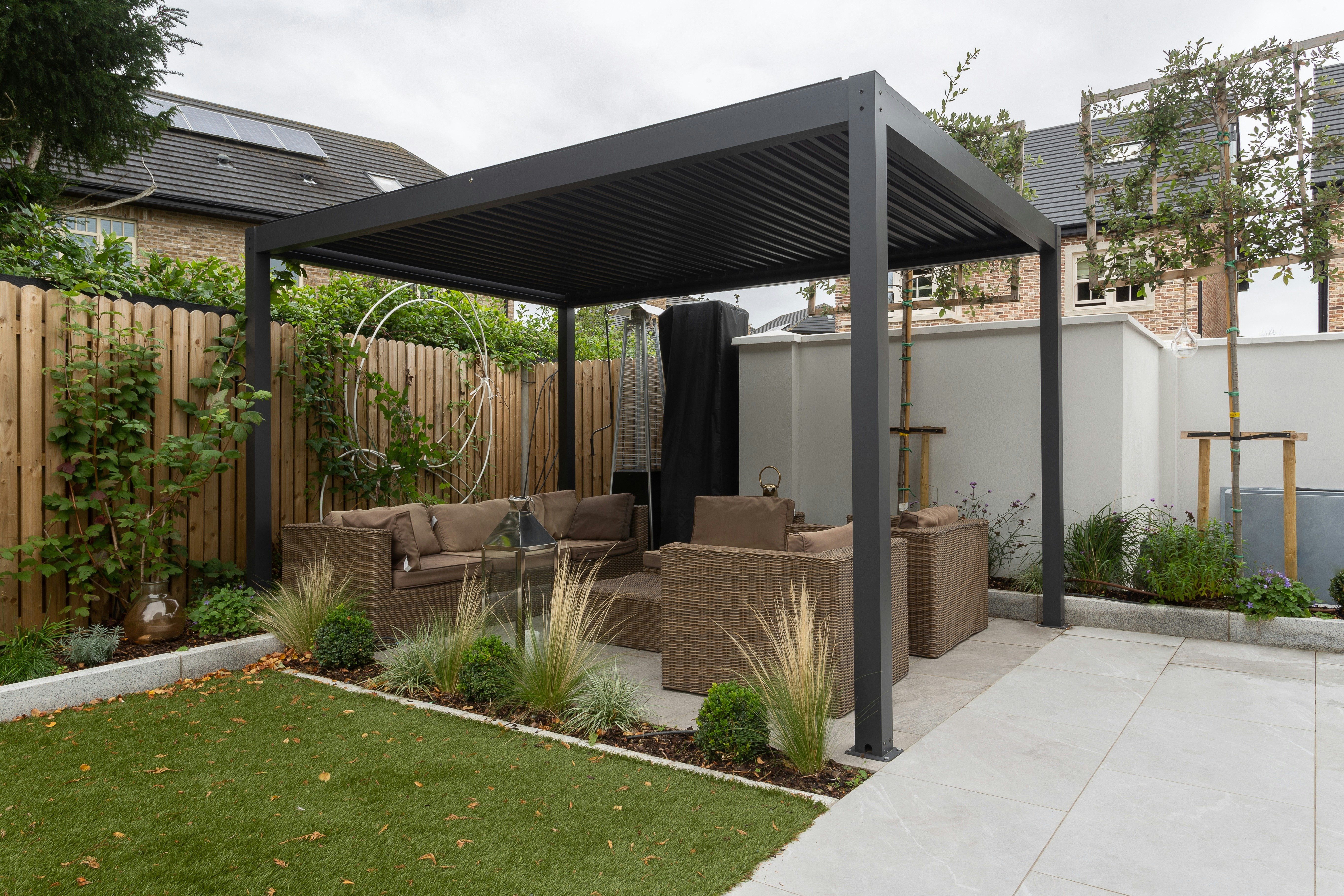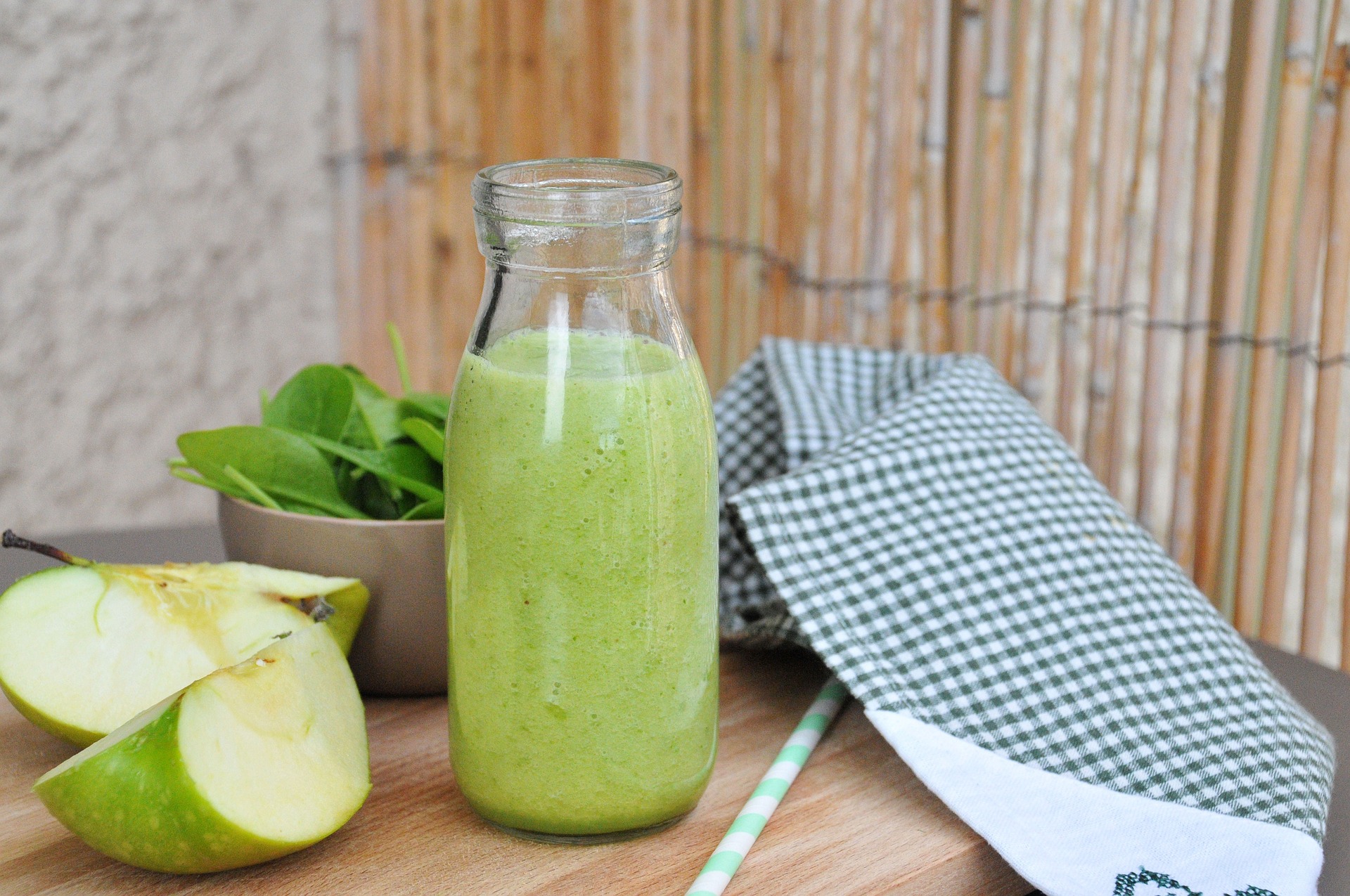Embracing the Beauty of Hardscaping: A New Trend in Outdoor Spaces
Hardscaping, the incorporation of non-living elements into a landscape, is an emerging trend in the world of exterior design. It’s a concept that is creating waves as it provides a unique balance of aesthetic appeal and functionality in outdoor spaces.

The Appeal of Hardscaping
Hardscaping is an innovative approach to exterior design that involves the use of non-living elements such as stone, metal, or wood in a landscape. It is gaining popularity due to its ability to create visually striking and functional outdoor spaces. Hardscaping can include elements like patios, walkways, walls, fences, and decorative pieces which serve both functional and aesthetic purposes. The strategic use of these elements can significantly boost the curb appeal of a property while also providing practical benefits like improved drainage and reduced erosion.
The Versatility of Hardscaping Materials
There are a variety of materials available for hardscaping, each offering unique aesthetic and functional benefits. Natural stone is a popular choice due to its durability and timeless appeal. Concrete, on the other hand, is versatile and cost-effective, suitable for creating everything from sleek modern designs to rustic, weathered looks. Metal, particularly steel or iron, is perfect for creating structures with clean lines and a contemporary feel. Finally, wood offers a natural warmth and charm that can make an outdoor space feel cozy and inviting.
Hardscaping Design Ideas
Hardscaping offers endless design possibilities. A stone pathway leading through a lush garden can create a sense of enchantment, while a sleek concrete patio can serve as a modern entertaining space. A wood or metal pergola can provide shade and a focal point in a yard, and a fire pit or outdoor fireplace can create a cozy gathering spot for cool evenings. Incorporating water features, like a fountain or a pond, can add an element of tranquility to the space.
Useful Tips and Facts:
- Before starting a hardscaping project, it’s essential to have a clear plan. Consider the size, shape, and slope of your outdoor space, as well as how you want to use it.
- Choose hardscaping materials that complement the style of your home and the surrounding landscape.
- Many hardscaping elements can increase the value of your property. For example, a well-designed patio or outdoor kitchen can make your home more appealing to potential buyers.
- Hardscaping can also improve the sustainability of your landscape by reducing water usage and preventing erosion.
The Role of Professional Hardscaping Services
While some hardscaping projects can be DIY, others may require the skill and expertise of professionals. Landscape architects and designers can help you create a comprehensive plan that incorporates hardscaping elements in a way that maximizes their aesthetic and functional benefits. They can also ensure that the project adheres to local building codes and regulations.
The Future of Hardscaping
As more homeowners recognize the benefits of hardscaping, its popularity is likely to continue growing. Future trends may include the use of innovative materials and technologies, as well as designs that blend the indoors and outdoors for a seamless living experience. Moreover, as sustainability becomes increasingly important, we can expect to see more hardscaping designs that conserve water and promote biodiversity.
Hardscaping is a trend that is reshaping the way we think about outdoor spaces. It combines aesthetics and functionality in a way that can enhance the beauty of a landscape while also making it more sustainable and usable. Whether you’re planning a complete landscape overhaul or just looking to add a few new elements to your yard, hardscaping offers endless possibilities to create a space that is both beautiful and uniquely yours.




